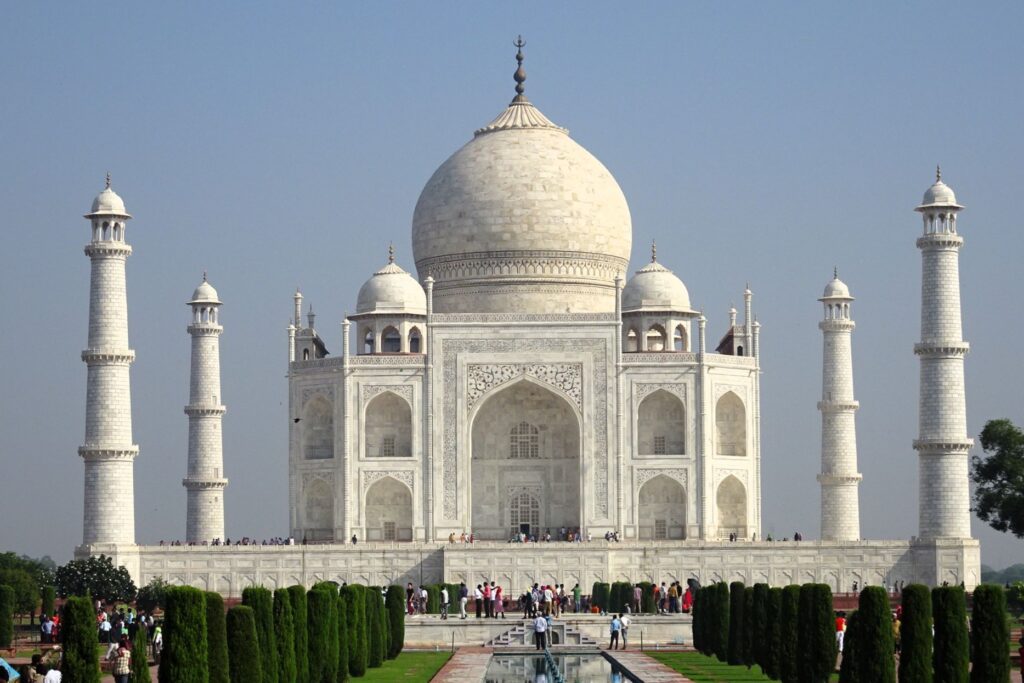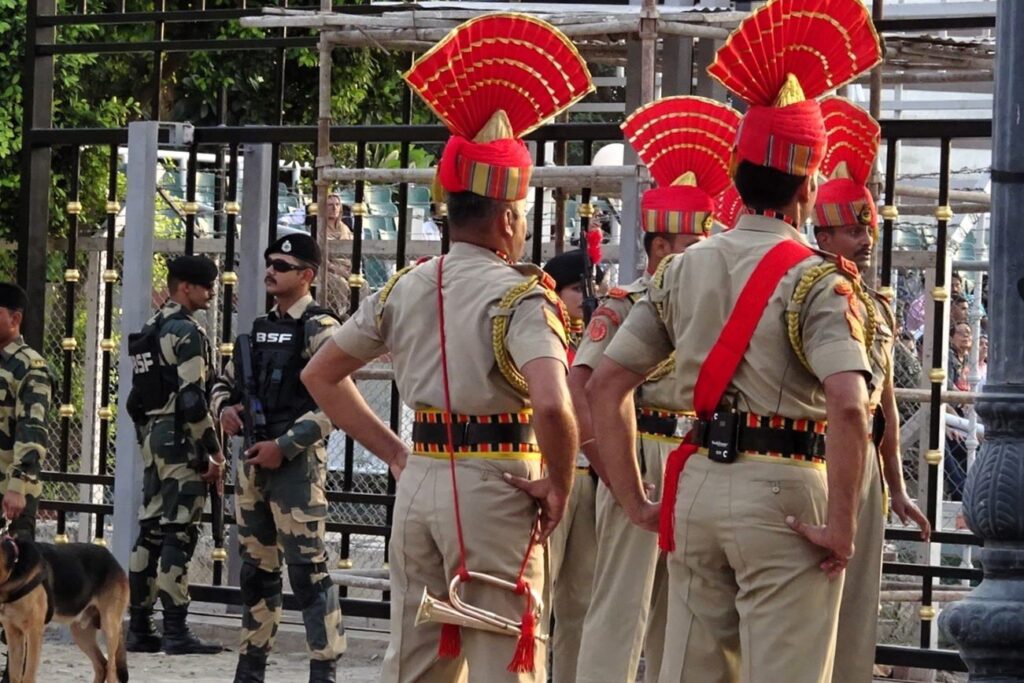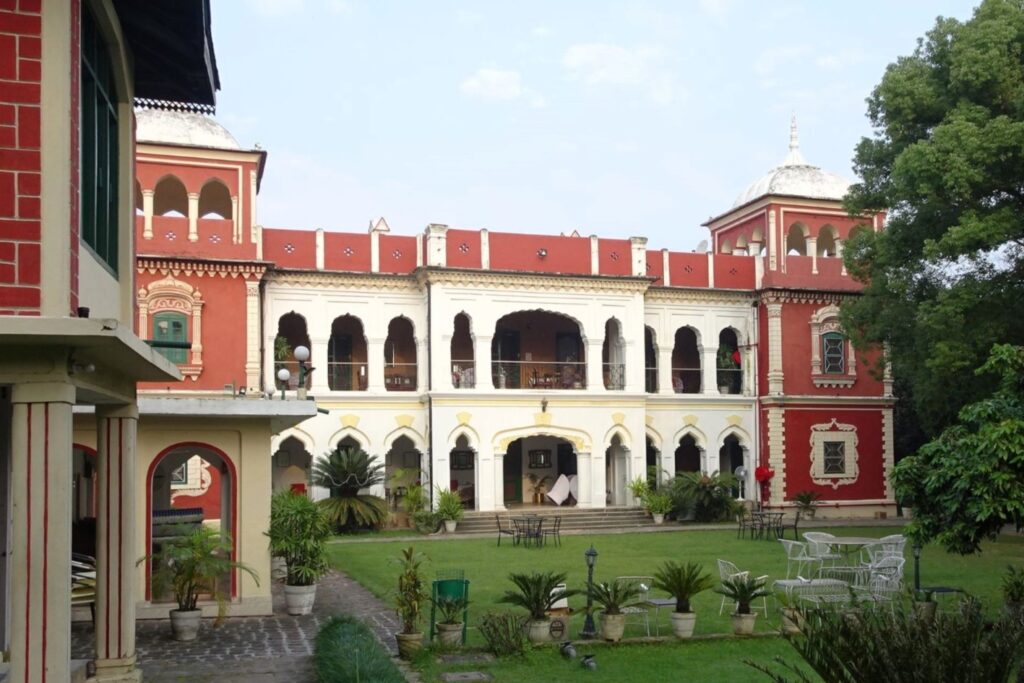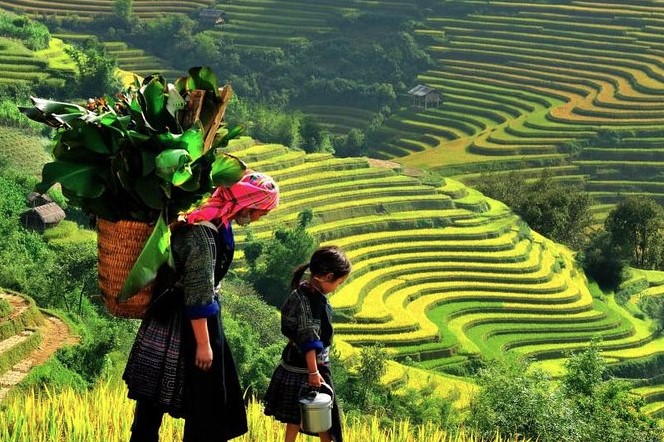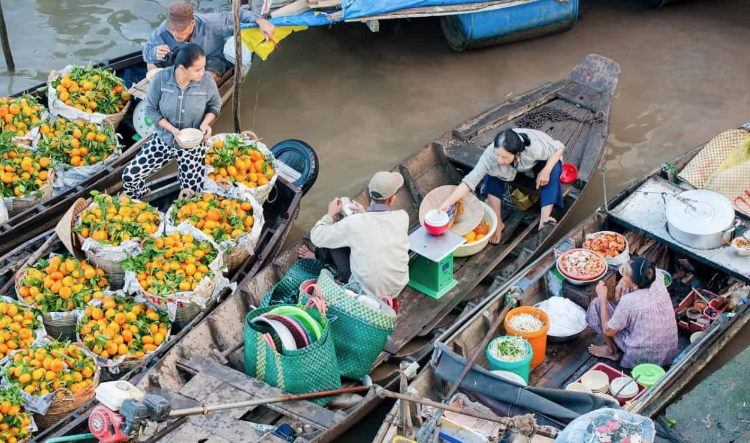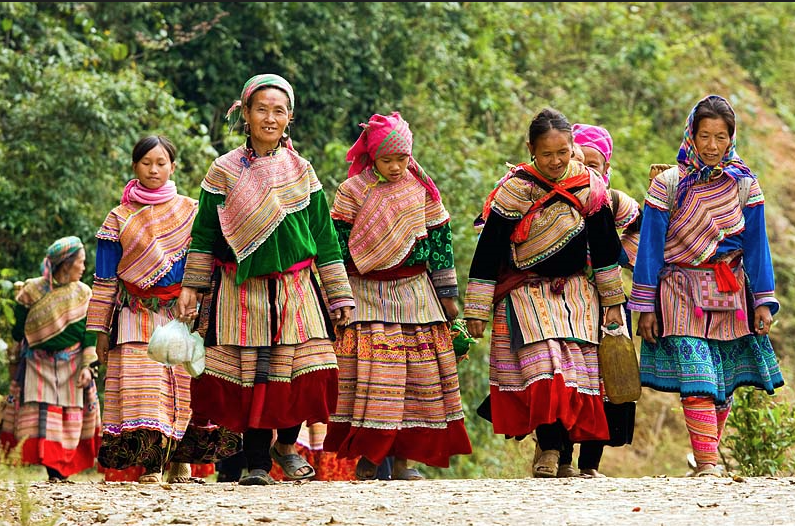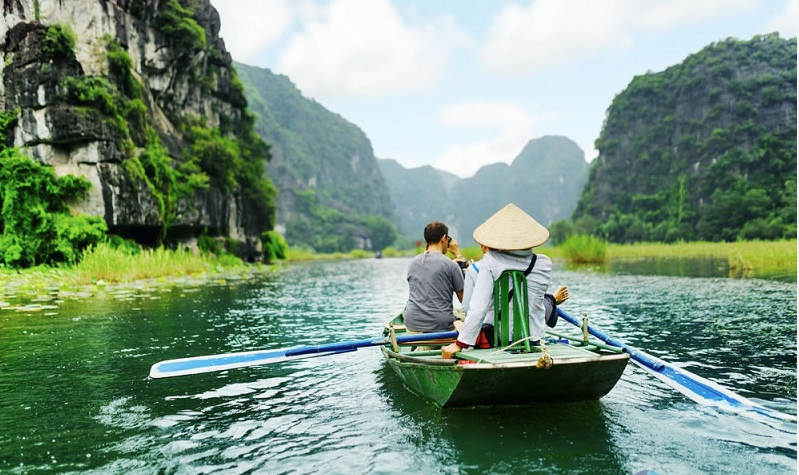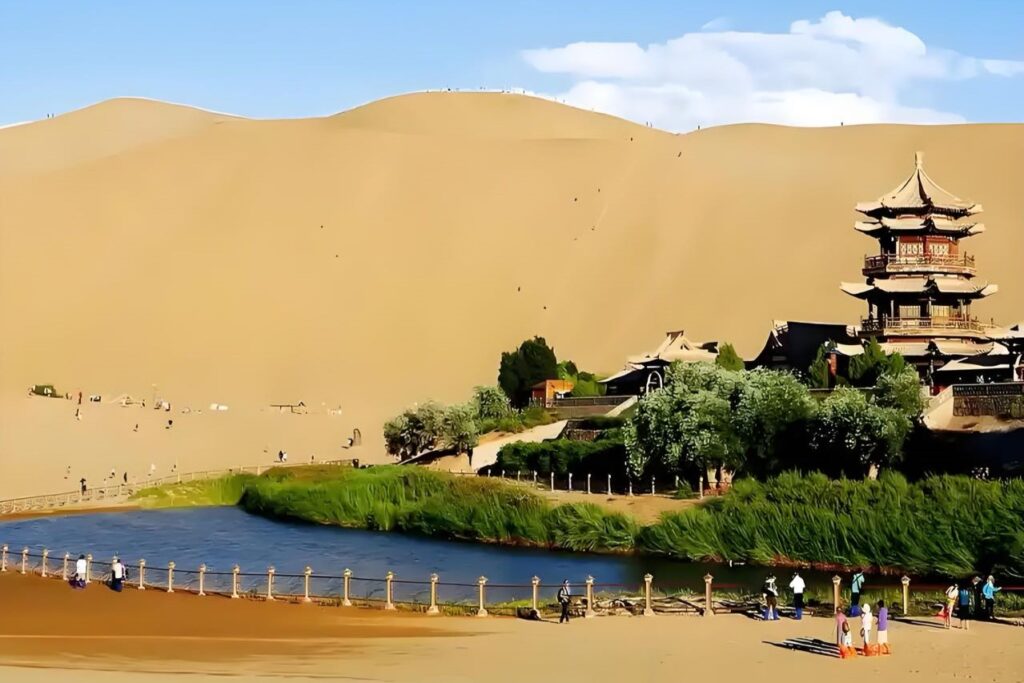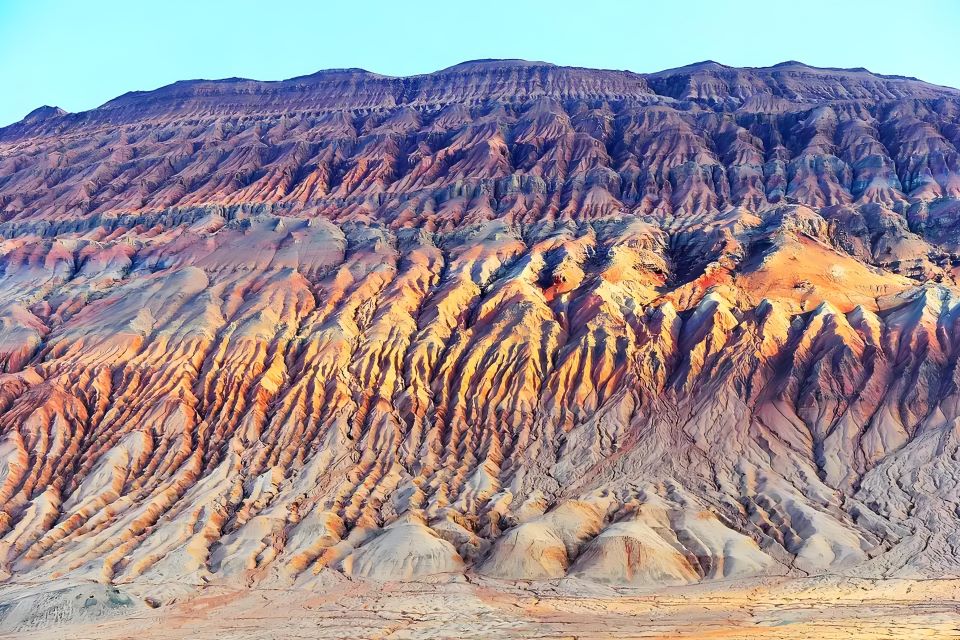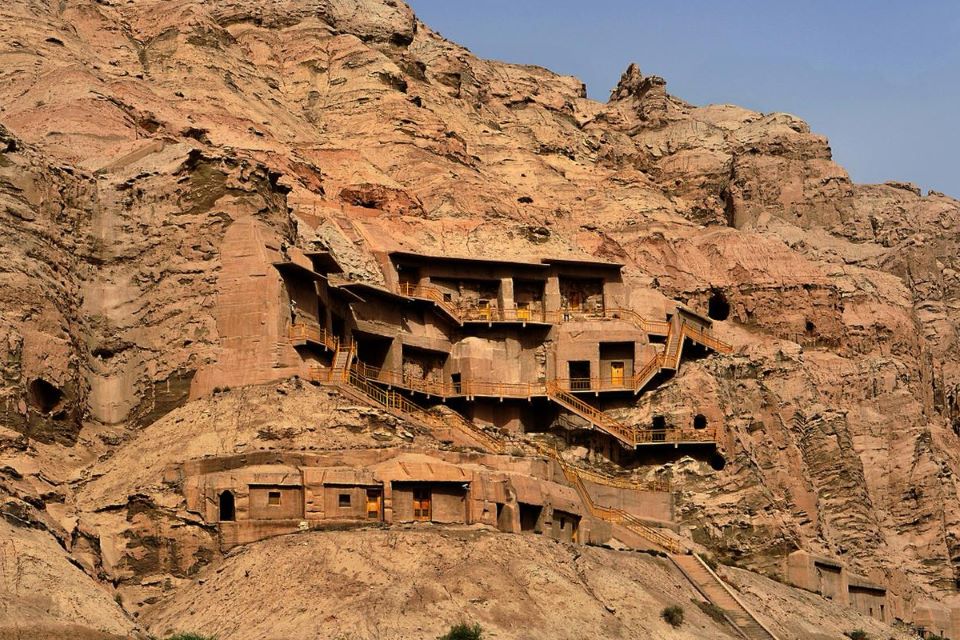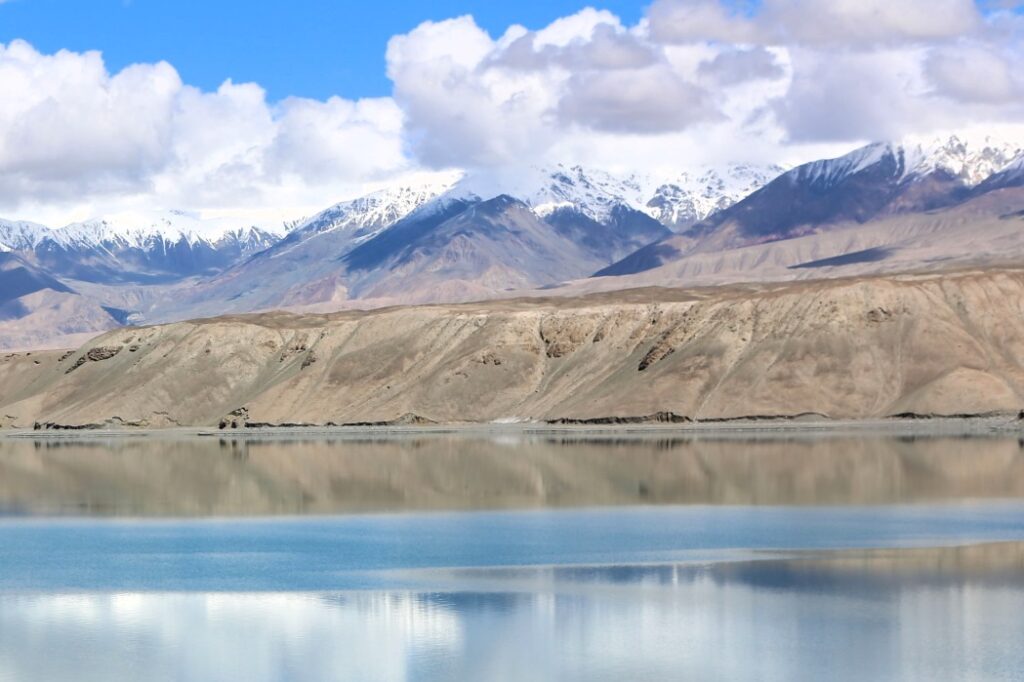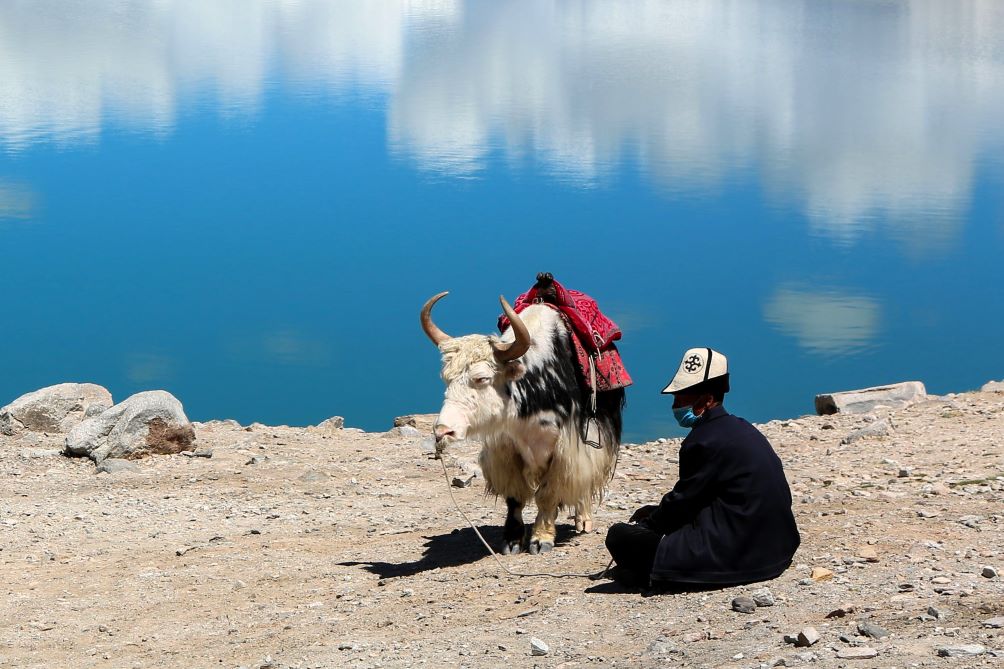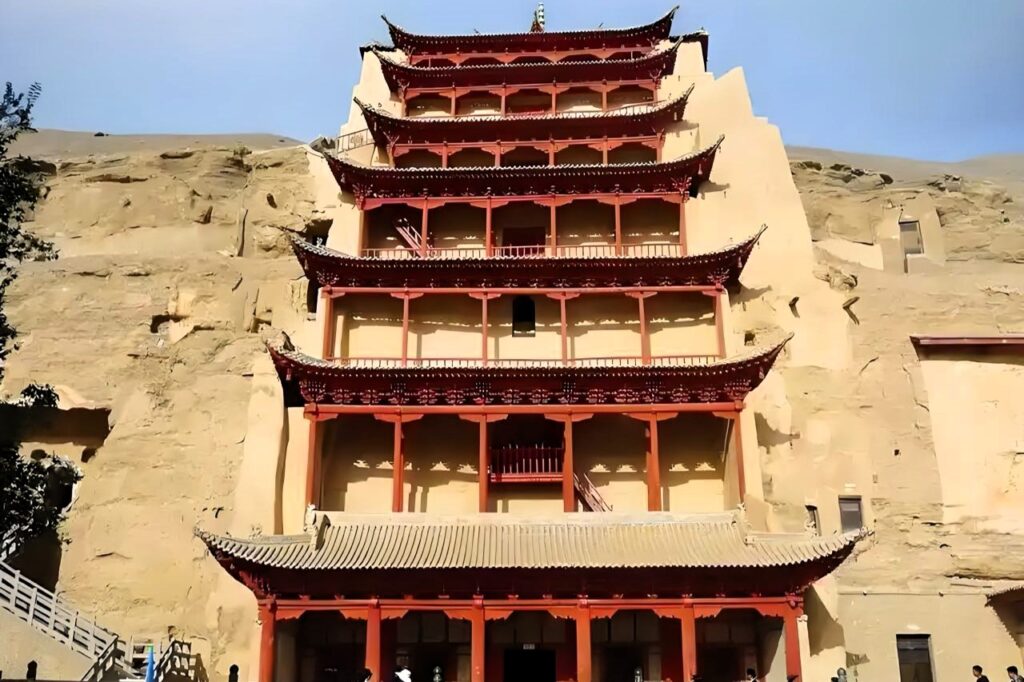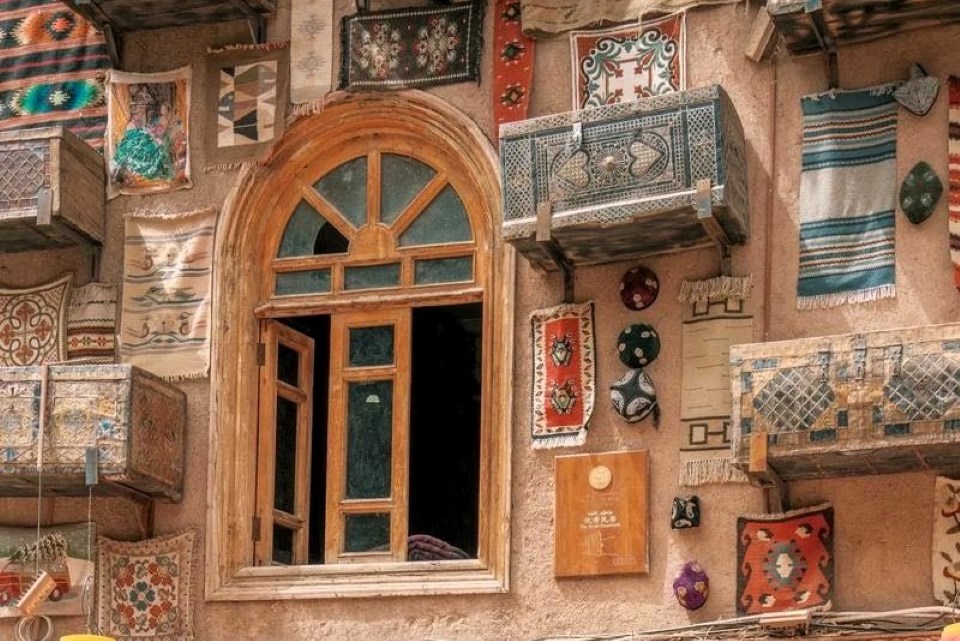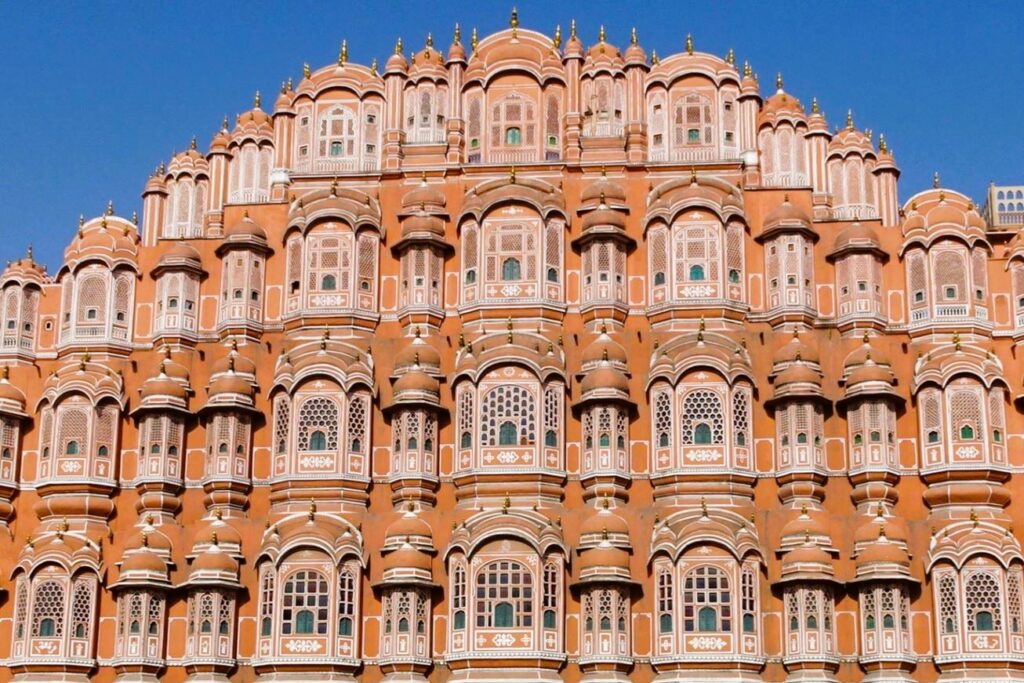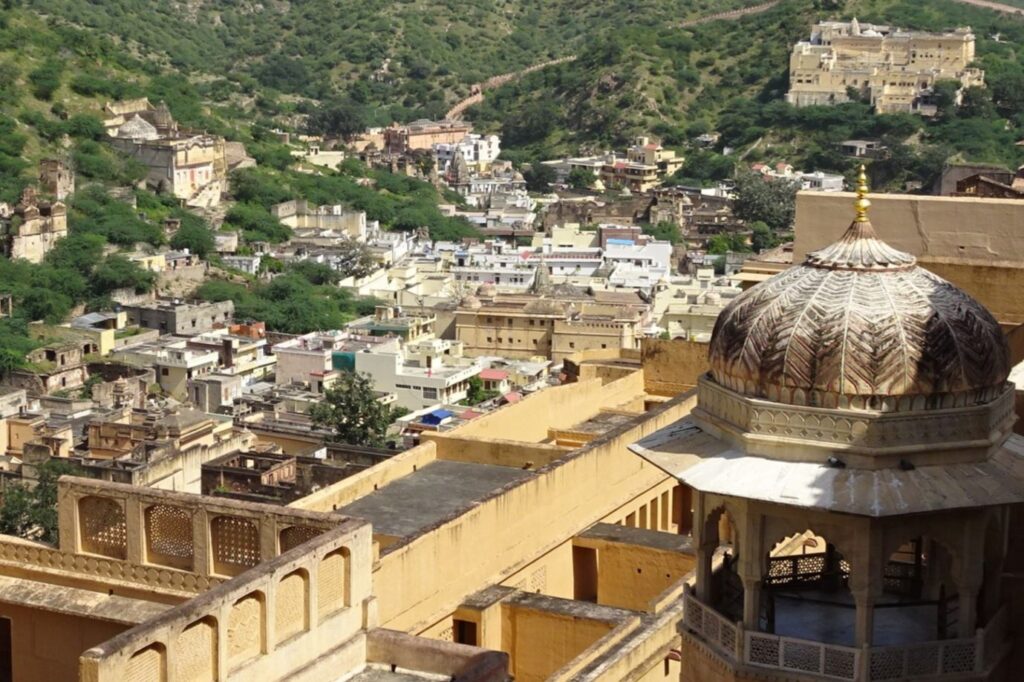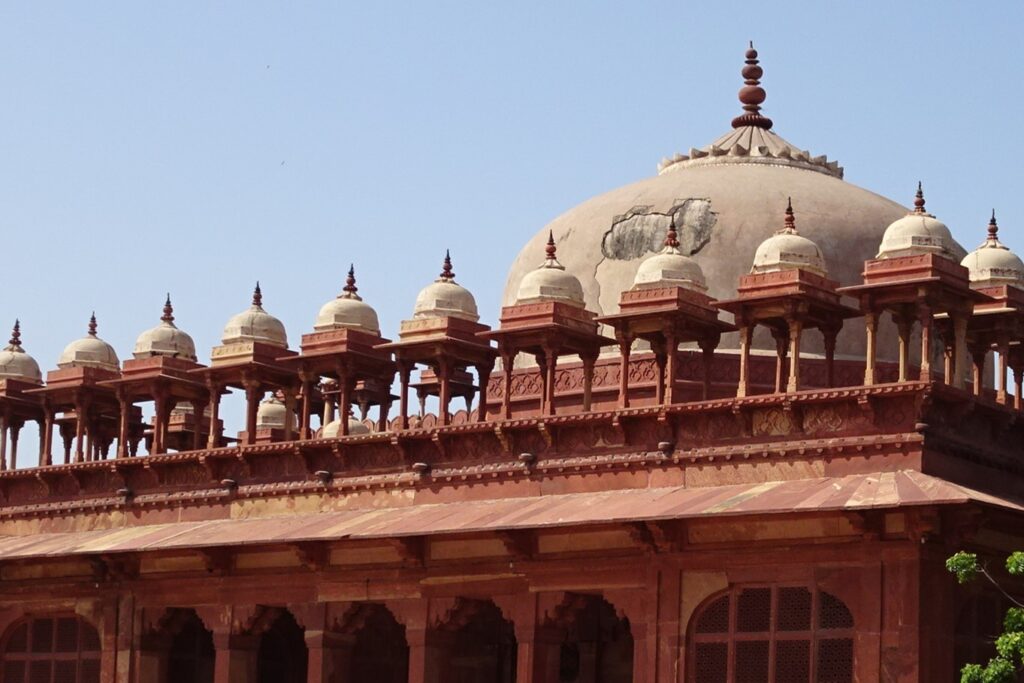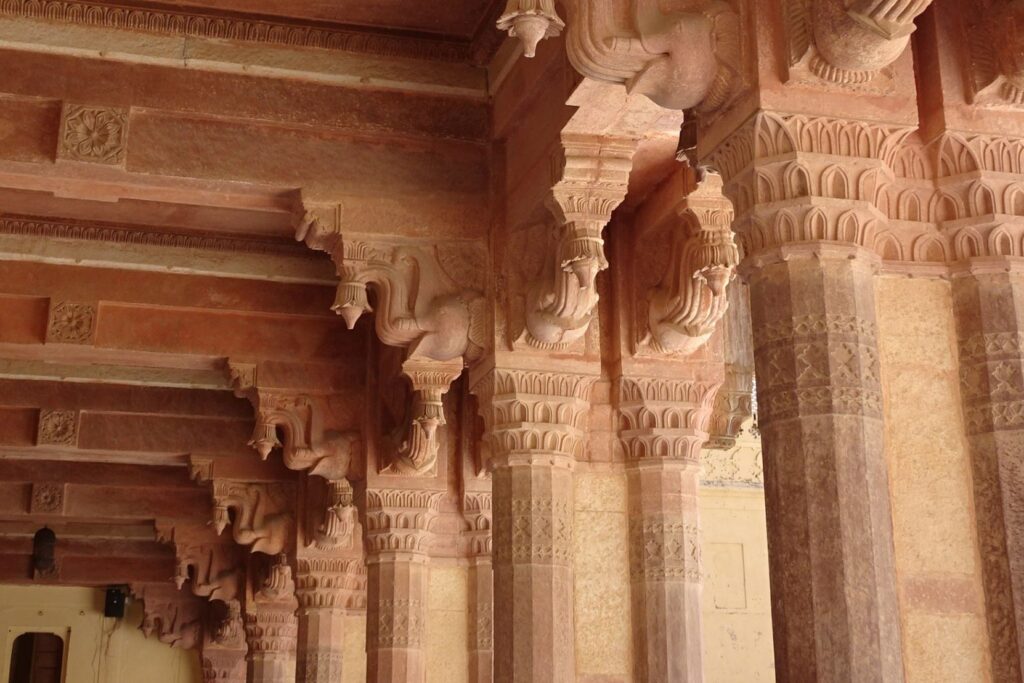Overview
This 19-day itinerary provides an immersive journey through India’s rich cultural tapestry, beginning in the bustling capital city of New Delhi, where ancient traditions meet modern innovations. From there, you’ll explore the vibrant state of Rajasthan, renowned for its majestic forts, palaces, and colorful festivals. The adventure continues into Punjab, home to the Golden Temple and a region known for its hearty cuisine and warm hospitality. Finally, you’ll venture into the serene landscapes of Himachal Pradesh, with its breathtaking Himalayan vistas and tranquil hill stations.
Trip Highlights
- Visit the historical sites like the Taj Mahal, Red Fort, Amber Fort...
- Explore the bustling markets...
- Vibrant street food scene and diverse culinary experiences...
- Rich cultural heritage and architectural marvels...
- Visit the Golden Temple in Amritsar and watch the Wagah Border ceremony at the border between India and Pakistan.
- Soaking in the scenic beauty of the Himalayas.
Itinerary
You'll be greeted on arrival and transferred to your hotel for rest. A welcome dinner at a local restaurant will follow.
Explore Delhi on a full-day sightseeing tour. Begin with a tour of Old Delhi in the morning, enjoying a cycle rickshaw ride through the bustling lanes of Chandni Chowk. Visit the Jama Masjid, the largest mosque in India, and Raj Ghat, the memorial to Mahatma Gandhi, a key figure in India's struggle for independence. In the afternoon, drive past Lutyens' Delhi and visit the tomb of Humayun, a Mughal emperor, and the lofty Qutub Minar, an Indo-Islamic structure built between 1199 and 1236.
Drive to Agra (4-5 hours) for an overnight stay at the hotel. In the afternoon, visit the impressive Agra Fort, with its buildings made of red sandstone and marble, showcasing a blend of Hindu and Islamic architecture. Follow this with a visit to the ornate tomb of Itimad-ud-Daulah. End the day by relaxing at the hotel.
Visit the Taj Mahal at sunrise (for departures between October and March). After breakfast back at your hotel, continue to Ranthambore (6-7 hours), with an en route stop at Fatehpur Sikri, the red sandstone city built by Emperor Akbar that was abandoned after just 14 years. Stay for two nights at Ranthambore to explore the National Park.
Experience thrilling morning and evening game drives in Ranthambore National Park as you search for the elusive Royal Bengal tiger. Along the way, you might encounter a variety of other wildlife, including leopards, sloth bears, sambar deer, chital, nilgai, blackbucks, langurs, and macaques.
Begin your day with an exhilarating morning game drive, immersing yourself in the wildlife and natural beauty of the park. Afterward, drive to Jaipur (4 to 5 hours drive). Upon arrival, check into your accommodation and enjoy a comfortable stay for the next two nights, giving you ample time to explore and experience the vibrant culture and attractions of the Pink City.
Explore the majestic 17th-century hilltop Amber Fort and marvel at the dazzling Mirror Palace. In the afternoon, visit the City Palace complex, which houses an intriguing museum, and the 18th-century Jantar Mantar astronomical observatory. Take a drive through the bustling bazaars and make a photo stop at the recently restored Hawa Mahal, one of Jaipur's most iconic landmarks.
Travel to Pushkar and check into your hotel upon arrival. Spend the rest of the day exploring the vibrant local animal marketplace, where camels and other animals are traded during the Camel Fair, and visit Brahm Sarovar, a sacred bathing site. In the evening, enjoy a captivating cultural dance performance at a local venue, followed by a delightful dinner.
After breakfast, drive to Jodhpur, known as ‘The Blue City,’ where we'll stay for the night. Once the capital of the Marwar Kingdom, Jodhpur thrived due to its strategic trade route, enabling the Marwari rulers to build the spectacular Mehrangarh Fort atop a steep escarpment. The old town's blue-painted houses, historically linked to Brahmins but originally aimed at deterring termites, spread from the fort's base. Also visible is the imposing Umaid Bhawan Palace, constructed in 1929. In the afternoon, explore Mehrangarh Fort and Jaswant Thada, and enjoy a Tonga ride through the bustling bazaar.
After breakfast, drive across the Marwar Plains to Ranakpur, where you'll visit intricately carved white marble Jain temples. Continue to Udaipur for a two-night stay. The journey crosses dusty plains and boulder hills, with a stop at Ranakpur before ascending into the Aravalli Mountains. After checking into your hotel, explore Udaipur and enjoy the sunset over the grand Rajput palaces.
Udaipur’s City Palace, the seat of the Sisodia Dynasty, showcases stunning Rajput architecture and offers breathtaking views over Pichola Lake and the Aravalis. After touring the palace, stroll to the nearby Jagdish Temple and then explore the bustling markets of the old city. In the late afternoon, head to the lake’s edge to soak in the sunset colors and the city’s romantic ambiance. Cap off the evening with a scenic sunset cruise on the lake.
Enjoy a free morning before being transferred to the airport for your flight to Delhi. Upon arrival, catch a connecting flight to Amritsar and check into your hotel for a two-night stay. The rest of the day is yours to relax, with a welcome dinner planned for the evening.
Start your full day of sightseeing with a morning walk through the vibrant lanes of the old city, followed by a visit to the historic Jallianwala Bagh. Explore the majestic Golden Temple complex, a sacred site for Sikhs, and join the communal lunch (langar) where thousands are served free meals daily. In the afternoon, drive to the Wagah border to witness the impressive joint 'retreat' ceremony of the Indian and Pakistani guards.
Head north from the Punjab plains to Dharamsala, a 4-5 hour drive, where His Holiness The Dalai Lama currently resides in the Himalayas. Enjoy a two-night stay at Clouds End Villa or a similar property, offering stunning views of the Dhauladhar mountain range. In the afternoon, visit the Norbulingka Institute, designed to resemble the Dalai Lama’s former summer residence in Lhasa (Tibet).
Enjoy a morning sightseeing tour of the Tibetan Buddhist enclave in McLeodganj, visiting the Namgyal Monastery, the Kalachakra Temple, and the Bhagsunath Temple. In the afternoon, unwind in one of the cozy cafes or explore some of the smaller local monasteries.
Drive to the charming heritage village of Pragpur, a journey of about 2.5 hours. Along the way, you have the option to take a scenic ride on the Kangra Heritage Railway line, which offers a nostalgic glimpse of the region’s past. Upon arrival, check into the Judges Court Residence for a two-night stay, where you can enjoy the unique ambiance and historical character of this traditional accommodation.
Stroll through Pragpur’s captivating medieval streets, lined with narrow stone-cobbled paths. After a picnic lunch, head to a nearby tea plantation for an afternoon visit, where you can explore the lush fields and learn about tea production.
Drive to Amb, a 2-hour journey, to catch the express train back to Delhi. Upon arrival, check into the hotel for an overnight stay.
Enjoy free time at your leisure until your transfer to Delhi Airport for your flight back home.
Tour prices
- For a group of 2 people, prices start at A$5850 per person
Prices may vary for different departure dates. Please feel free to contact us for a price quote using the contact form below.
Inclusions and Exclusions
Price includes:
- 18 nights hotel accommodation, twin share;
- Meals as indicated in the itinerary;
- Airport transfers and other ground transfers during tour;
- Tour guide services;
- Admission to tourist attractions in the itinerary.
Price excludes:
- Entry visa for India;
- International and domestic airfare;
- Meals other than those listed in the itinerary;
- Tipping to your tour guides and drivers;
- Hotel incidentals and other personal nature consumption.
Hotel accommodations used in this tour
For our tour, we’ve carefully selected each hotel to enhance your travel experience with comfort and unique local charm.
- Delhi: Hotel The Park offers a central location and modern amenities.
- Agra: Hotel Jaypee Palace combines luxury with proximity to the Taj Mahal.
- Jaipur: Hotel Shahpura House brings the essence of heritage charm.
- Ranthambore: Hotel Tigress Resorts and Spa ensures a close connection to the national park.
- Pushkar: Ananta Spa provides a tranquil environment.
- Jodhpur: Hotel Bal Samand Garden Retreat offers scenic garden views.
- Udaipur: Hotel Shiv Niwas Palace exudes regal ambiance, making your stay memorable.
Frequently asked questions
The best time to visit India depends on the region, but generally, the cooler months from October to March are ideal for most parts of the country. The weather is pleasant, and it’s suitable for sightseeing and outdoor activities.
Yes, most travelers need a visa to enter India. You can apply for an e-Visa online, which is available for tourists, business travelers, and medical visits. It’s advisable to apply well in advance of your travel dates.
Commonly recommended vaccinations for India include Hepatitis A and B, Typhoid, Tetanus, Diphtheria, and Pertussis (Tdap), and Malaria prophylaxis for certain areas. It’s best to consult with a travel health specialist for personalized advice.
Must-visit destinations include the Taj Mahal in Agra, Jaipur and Udaipur in Rajasthan, the backwaters of Kerala, the beaches of Goa, the temples of Varanasi, and the bustling cities of Delhi and Mumbai.
India can be safe for solo travelers, but it’s important to take precautions. Stick to well-known tourist areas, avoid traveling alone at night, and be cautious with your belongings. Women travelers should take additional safety measures, such as dressing modestly and staying in reputable accommodations.
Pack light, breathable clothing for the hot climate, and warmer layers if traveling in the cooler months or to mountainous regions. Comfortable shoes, a hat, sunscreen, insect repellent, and a reusable water bottle are also essential. Don’t forget necessary medications and travel documents.
Stick to bottled or purified water and avoid ice in drinks. Eat freshly cooked food and choose restaurants that are popular and have high turnover. Be cautious with street food, opting for vendors with good hygiene practices.
India has a range of transportation options, including trains, domestic flights, buses, taxis, and auto-rickshaws. Trains are a popular and scenic way to travel long distances, while taxis and rideshare apps like Uber and Ola are convenient for city travel.
Dress modestly, especially when visiting religious sites. Remove your shoes before entering someone’s home or a temple. Use your right hand for eating and passing items. It’s also respectful to greet people with “Namaste” and to avoid public displays of affection.
English is widely spoken in tourist areas, but learning a few basic phrases in Hindi or the local language can be helpful. Carry a phrasebook or use a translation app on your smartphone. Locals are often friendly and willing to help if you’re polite and patient.
